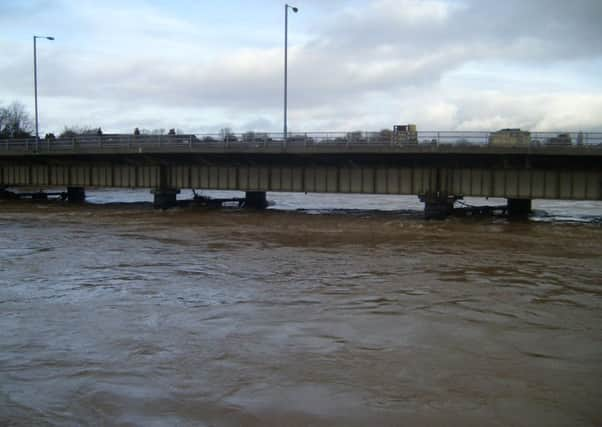History of the bridges over the River Lune


The first documentary reference to a bridge at Lancaster was in the reign of King John who on August 13 1215 directed that the Abbot of Furness should have timber from his forest at Lancaster “for such part of the repairs of the Lancaster bridge as he was liable to for his fisheries in the river there”.
It can therefore be inferred that the bridge at the time was a wooden construction. It was located somewhere close to the present Millennium Footbridge and later was rebuilt in stone.
Advertisement
Hide AdAdvertisement
Hide AdIn the reign of Edward III in 1343, letters patent (a published written Order issued by the Monarch) were issued for the pontage of the bridge at Lancaster. Pontage is a toll levied for the building or repair of bridges and so it seems that at the time the citizens of Lancaster would have to have paid to use the bridge over the Lune.


When the Jacobite rebels in 1715 advanced on Lancaster from the direction of Kendal and Kirkby Lonsdale Government forces wanted to blow up the bridge to prevent the rebels from entering, but the citizens of Lancaster were unwilling for this to happen, arguing that it would not hinder the rebels because the River Lune was at low water and so passable by foot and horse. They were also no doubt conscious that the cost of rebuilding it would be levied on them.
In 1782, an application was made to Parliament for the building of a new bridge and in June of that year the Bill was passed for the erection of a new bridge from Lancaster to Skerton Cross.
Skerton Bridge was completed on October 31 1787, just in good time because on November 21 of that year floods damaged the old bridge so as to make it unsafe. In 1802, passage over the old bridge was finally stopped and the last arch on the Skerton side was taken down to allow a ship built up river to pass. The last arch remaining of the old bridge fell down in December 1845.